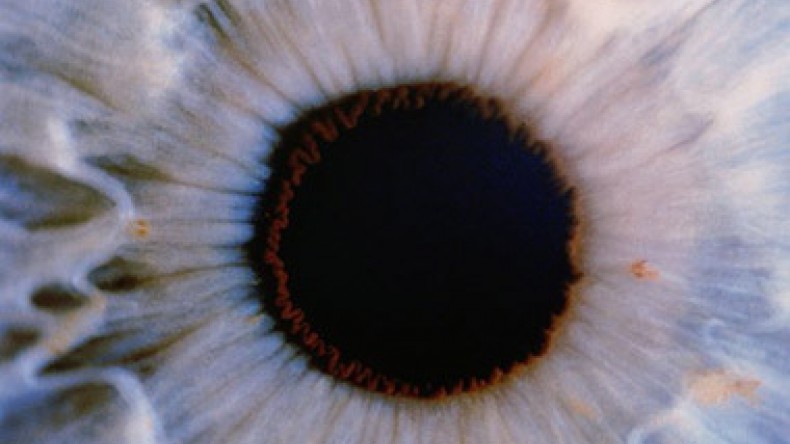
'Artificial eye' to detect particles
The human eye has inspired physicists to create a processor that can analyse sub-atomic particle collisions 400 times faster than currently possible, the BBC reports.
In these collisions, protons - ordinary matter - are smashed together at close to light speeds.
These powerful smash-ups could yield new particles and help scientists understand matter's mirror, antimatter.
The experimental processor could speed up the analysis of data from the collisions.
Published in the pre-print arXiv server, the algorithm has been proposed for possible use in Large Hadron Collider (LHC) experiments at Cern in 2020. It could also be useful in any field where fast, efficient pattern recognition capabilities are needed.
The processor works in a similar way to the retina's incredible ability to recognise patterns extremely quickly.
That is, individual neurons in our retinas are specialised to respond to particular shapes or orientations, which they do automatically before our brain is even consciously aware of what we are processing.
Cern physicist Diego Tonelli, one of a team of collaborators of the work, explained that the "artificial retina" detects a snapshot of the trajectory of each collision which is then immediately analysed.
These snapshots are then mapped into an algorithm that can run on a computer, automatically scanning and analysing the charged particle trajectories, or tracks. Exposing the detector to future collisions will then allow teams sift out the interesting events.
Newsfeed
Videos






























